Pomeranian is one of the toy dog breeds known for their small size, light weight and fluff ball appearance.
Generally known as “Poms” these adorable, friendly dogs make good pets to keep even in apartments.
They are generally known to be friendly and courageous even picking fights with dogs bigger than them in size.
These toy dogs are popular for their appearance and have well-known people as their owners.
Table of Contents
Quick Facts

Avg. Weight: 3-7 pounds
Avg. Height: 5-12 inches
Life Expectancy: 12-16 years
Dog Group: Toy group
Colors: Sable, Beaver, Red, Lavender, Merle, Orange, Cream, Brindle, Black, White, Chocolate, Wolf Sable
FACT-ILICIOUS: Pomeranians come in 23 different color combinations! Many Pomeranians change color as they age! Two Pomeranians survived the sinking of the Titanic!
At A Glance
- Size (1/5)
They are small in size making them very good lap as well as toy dogs and thus resulting in their popularity.
They are the smallest members of the Spitz family of dogs.
They have a very distinctive head shape making them a very recognizable dog breed.
- Affection Level (4/5)
They are very friendly and loyal to their owners and their dog family.
They are usually not affectionate towards strangers and other dogs or animals unless trained at a young age.
These curious dogs need to be simulated to new surroundings regularly.
So they don’t get agitated later in life on experiencing new encounters.
- Apartment-Friendly (4/5)
Pomeranians adapt well to their surroundings and can be easily raised and kept in apartments.
They are very active indoors with moderate energy level thus good for apartment dwellers.
These small dogs don’t need big spaces to live in.
- Cold Weather Tolerability (4/5)
Due to their thick double coat, they can easily bear cold weather.
It is also due to their history of being developed from northern European dog breeds.
But they need special protection against extreme cold temperatures.
Extra care has to be taken so they don’t lose much heat from their bodies.
- Hot Weather Tolerability (2/5)
They have low hot weather tolerability with them being more susceptible to heat-related illness.
They require extra care to cope up with high temperatures and humidity.
Hydration in summer is one major concern of their owners.
Coat size reduction is one thing that owners can do to reduce their discomfort.
You must follow some basic practices to keep your dog cool in summers to avoid conditions like Diarrhea, Vomiting, Agitation, Dehydration and many more.
- Barking Tendencies (5/5)
They tend to bark a lot especially when something is out of ordinary according to them.
These small dogs bark as a way of protecting their families from unwanted and strange people or animals.
Due to this tendency, people view them as aggressive and temperamental.
They make good alert and alarm dogs.
- Cat-Friendly (3/5)
They get along with cats very well if they are raised together thereby accepting it as a family member.
In the case of a new cat, they need to be slowly introduced to each other.
Since both are of the same sizes they get along very well.
- Dog-Friendly (2/5)
They easily accept other dogs when introduced the right way by their owners or family members.
They tend to view other dogs especially strange ones as suspicious.
When other dogs are raised along with them they accept them as family.
Mostly they are very affectionate to their own birth family.
- Exercise Needs (3/5)
They require the average amount of exercise like a walk around the block or an inside game.
They need daily 20 minutes of exercise.
They are mostly indoor pets with most of their energy expended inside the house.
It isn’t advisable to leave your small dogs outside due to they are easy targets of birds and dognappers.
- Grooming Needs (3/5)
Due to their double coats, they need constant cleaning, grooming, and trimming of their coats, especially during shedding season.
Owners should also clean their dogs regularly to prevent diseases and ailments.
Many vets advise for monthly full body grooming of dogs.
Their nails and feet should not accumulate dirt as they are major causes of diseases.
- Playfulness (3/5)
These small dogs are very active indoors and love playing games inside the house.
Outside they are easily tired due to high temperatures or bigger dogs.
They need a simple and active indoor game for their daily requirement of exercise.
- Trainability (4/5)
They can be trained easily as they to obey commands in their puppy years.
They are quick to obey orders and learn new tricks.
They love to be the center of attraction thus they love doing tricks.
Also, their high intelligence is one reason for easy trainability.
- Intelligence (4/5)
Pomeranians are intelligent dogs.
This intelligence results in them having an independent nature.
They also have an alert and curious nature towards their surroundings.
They love to explore new sights and smells whenever they go outside.
- Mouthiness (2/5)
They don’t have the tendency to bite or chew stuff like other breeds.
They don’t have much need for chewing or teething toys.
These dogs also don’t have the tendency to chew or bite everything around them.
- Price Group
They cost from $600 to $1100 average with the lowest being $500 and the highest being $5000.
Their prices also depend on their type with some like Teacup Pomeranians costing more than others.
The popularity of the dog’s type also affects their prices.
About Pomeranians

Pomeranians are generally known as small, cute fluff balls with temperamental nature.
These energy balls make adorable indoor pets and good pet choices for apartment dwellers.
They are very loyal and affectionate towards their family members with separation trauma being one of the main issues affecting them.
They are known to even tackle bigger dogs when agitated and have a barking tendency towards everything suspicious.
These toy dogs are very popular among celebrities due to their cute and attractive appearance.
Where Pomeranians Came From?
Pomeranians are the descendants of the big Arctic sled-pulling dogs that live in the northern European region.
They are related to the Spitz family of dogs with their closest relation being to German Spitz.
The modern dogs are smaller and lighter than the original dogs that grew smaller over time.
They derived their name from Pomerania are located in Poland and Germany where they were bred to their small sizes.
They gained popularity among the public after being favored by Queen Victoria and subsequently other royals and nobles.
Size
Their maximum height is around 12 inches with most dogs being around 7-8 inches.
They reach their full size after 7-10 months.
They have different unofficial sizes like Teacup Pomeranians, Throwback Pomeranians and Teddy Pomeranians with the only difference being their size.
Sometimes due to a growth spurt, they might exceed the expected height and weight but that is considered to be normal.
Trainability

Pomeranians require the proper training regime to be properly house trained.
They can be properly trained with proper love, support and constant practice by their owners.
Their potty training is hard as they sneak and housebreak a lot.
Owners have to be very patient to train them.
Owners should be vigilant and alert while training them.
Proper rewards should be awarded at proper intervals to encourage their behavior.
Grooming
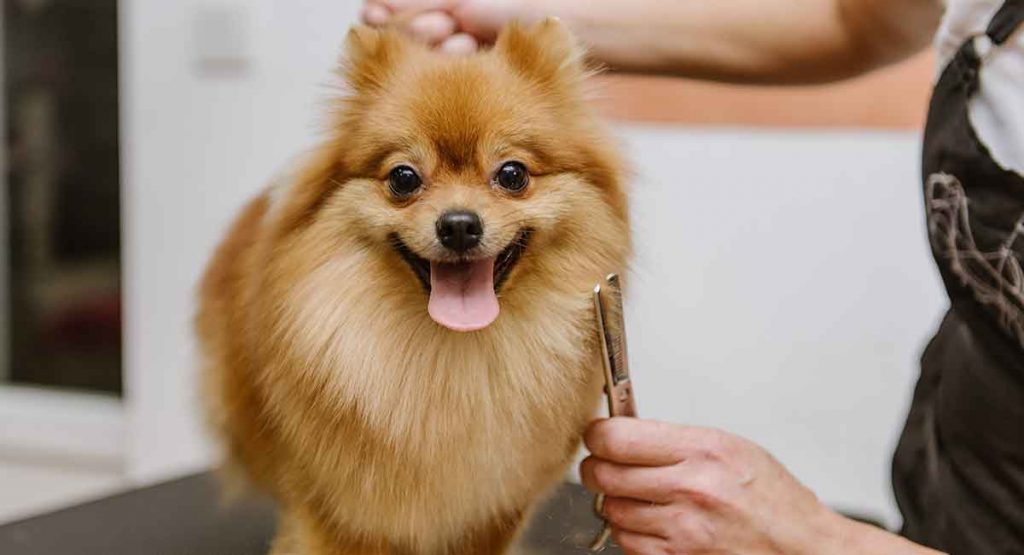
These small dogs’ coats need regular grooming to keep it tidy and luscious.
Regular grooming helps these dogs avoid matting; excessive oils and dirt build up in their coats and skin.
Nail and ears are important to clean time to time.
If they are allergic to dirt and pollen or anything special care should be taken.
Owners should make regular sessions so the outside dirt doesn’t remain in their coats for a long time.
Irregular grooming schedule may result in germ infections and diseases.
Common Medical Conditions
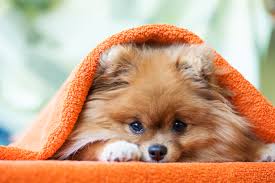
Pomeranians are prone to have some certain health conditions like:
TARGETING BONES:
- Luxating patella:
Dislocation of their knee cap (patella) happens to many toy dog breeds.
The slipping of bones from knee joints cause crippling pain in some cases.
It happens when knee bones aren’t prominent or are weak to lift their weight.
Limping, frozen legs and sudden yelps are the signs of this condition.
Surgery and treatment are required once diagnosed.
To detect this condition regular check-up with vets should be scheduled.
Most of the time once the disc slips the dog doesn’t feel any pain.
Bed rest, anti-inflammatory medications and joint supplements are few ways to alleviate the pain.
- Legg-Perthes Disease:
This disease causes the blood supply to head of the femur to be decreased.
The femur head that is connected to pelvis also begins to disintegrate.
The first signs occur during the puppy years of the dogs.
Most puppies require surgery where the vets remove the diseased femur.
- Hip Dysplasia:
It is the deformity of the hip joints.
Genetics, environment and diet are some factors of this condition.
Dogs showing these signals, less activity, trouble in locomotion, unusual gait, should be checked by a professional vet.
Some dogs may continue their normal activities even after having this condition.
While other affected dogs may require surgery and medications to keep pain in check.
- Allergies:
They can suffer from a range of allergies.
Allergies can be contacted with food allergies due to improper grooming regime or genetic conditions.
Signs of irritation are licking of paws, eye discharge or rubbing of faces etc.
On showing any such signs owners should have the pets checked by the vet.
TARGETING LUNGS:
- Tracheal collapse:
It happens when the rings supporting the windpipe (trachea) collapse either due to genetics or injury.
It’s a very common problem with this breed.
Symptoms are honking cough, exercise intolerance, fainting spells, coughing.
These worsen during warm weather, excitement, exertion and old age.
On seeing such signs owners should show their pets to medical practitioner.
This condition has 70% chances of being successfully treated.
TARGETING SKIN:
- Black Skin Disease:
It’s the condition where there is rapid loss of hair from the coat and darkening of the skin.
First there is different color of fur appearing on the body of the dog with different texture.
This new hair feels wooly and is short afterwards the normal hair falls out.
There is no cure currently available for this disease.
Dogs often don’t feel any pain on the loss of the hair.
Owners can lessen the discomfort of their pets by covering their exposed skin whenever taking them outside.
TARGETING EYES:
- Cataracts:
They are very prone to cataracts that can appear at any age.
Symptoms are a change in eye color, blurry vision, swollen eyes, and redness of eyes.
Medical diagnosis is the best possible course of action to determine the cause.
Treatment as soon as possible can prevent blindness.
- Distichiasis:
In this, the eyelashes grow out of place leading to irritation.
Squinting, rubbing of eyes, swollen and red irritated eyes are some signs of this condition.
If not removed it may cause a tear in the cornea thus increasing health problems.
Medical treatment should be sought for this.
- Eye problems:
These are dry eye, tear duct problem, inward eye rolling and others.
To prevent all these problems regular medical checkups should be done.
TARGETING MENTAL WELL BEING:
- Epilepsy:
Some dogs are born with these conditions or may develop one.
Whenever a dog has seizures try to calm and soothe them as gently as possible.
Rush them to the nearest hospital or vet when it ends.
There are many testing methods to find the cause and treat the dog better.
Medications and many other treatments are known to reduce the frequency of seizures that occur.
- Pituitary Dwarfism:
A common disease among toy dog breeds, the dog’s body doesn’t grow.
The affected dogs don’t undergo a growth cycle and remain small in size.
Many issues can cause this like infections, cysts, tumors, etc.
Dogs affected by this disease have a reduced lifespan.
- Dental issues:
Many of this breed are prone to dental problems.
Overcrowding, plague, gum problem, undergrown teeth, are some of the common problems.
Regular brushing should be done to avoid dental issues.
Feeding
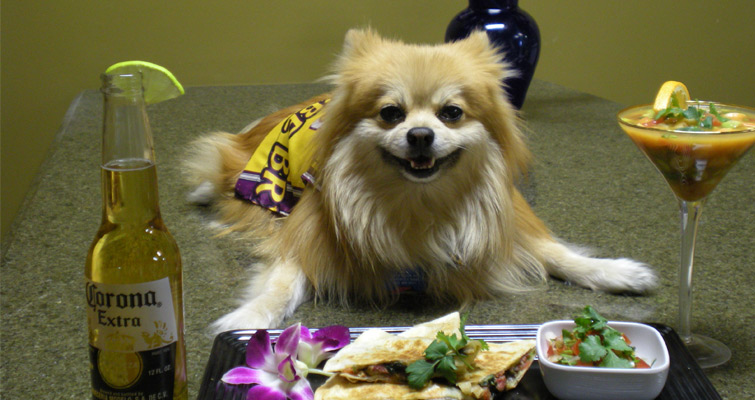
Pomeranians should be fed more dry food than wet foods.
Their feed should be wholesome, grain-free with good fiber levels.
Mostly there should be a balance between meat products, vegetables, and fruits.
In the case of commercial products always check for nutrients, fibers, vitamins and calorie levels.
Refrain from feeding generic meats, foods containing harmful flavoring, coloring, fillers, and preservatives or by-products to your dogs.
Avoid feeding spicy foods, rawhide bones and other foods deemed toxic to dogs.
Feed only as per the dietary needs of the dog so to prevent obesity.
Split the meal evenly over the day so they can keep up their metabolic needs.
Puppies and adult dogs have different meal timings and should be fed accordingly.
Suggested: Senior Dog Food
Vaccination and Care
Every dog should receive vaccinations and boosters on time.
Before getting the vaccines owners should consult the doctor as states as their own policies regarding vaccines.
Puppies:
Vaccination Age
DHLPP + Corona 6-8 weeks,
DHLPP 2 months
DHLPP (booster) 3 months
Rabies 4 months
Adults:
Vaccination When Required
DHLPP Yearly
Heartworm Test Yearly
Rabies According to local law
Bordatella Yearly
Suggested: Guide To Dog Vaccination
Monthly Expense Estimation
On average a Pomeranian puppy costs $600 to $1500.
There are many factors affecting the costs like the age of the puppy, whether pure-bred or not, looks, heritage, demand and so on.
Basic medical care and vaccinations cost $100 to $200 per year.
Toys, professional grooming, dog furniture (dog bed, steps), clothes, professional trainer adds to the total cost of having a pet.
There are some one-time expenses and some regular expenses to be kept in mind.
Monthly expenses may be around $120 during the first year and reduce as the pet gets older.
Behavior With
Children
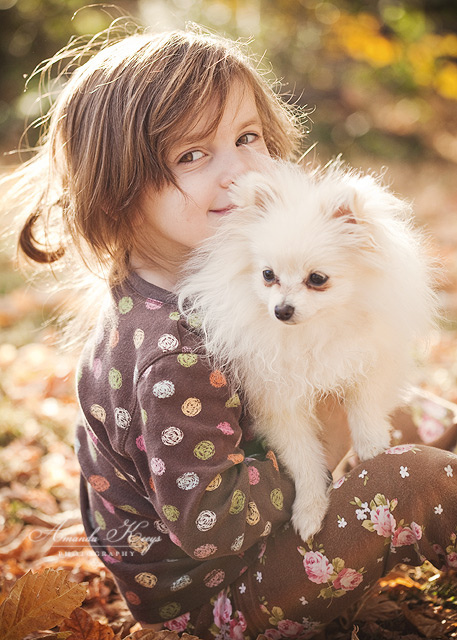
It is advisable to not leave children with short dogs.
These dogs require gentle playing to avoid bone breaking injuries.
Children should handle them with care as to not cause any injuries to these delicate dogs.
Dogs
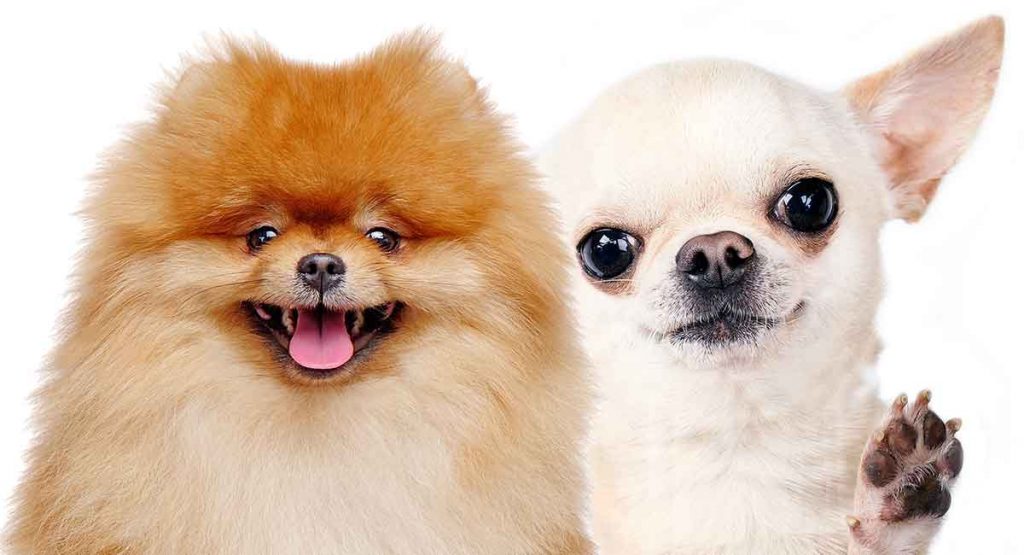
Pomeranians don’t bond very well with other dogs unless raised together.
Unless raised in a litter and with good social skills they usually don’t get along other dogs.
They tend to get aggressive towards strange dogs.
The owners should train their pets to ensure they don’t try to tackle every single strange dog they encounter.
Cats

Cats and Pomeranians mostly go long if both are tolerable towards each other.
Both of these pets are the same size leading them to get along well.
In case one doesn’t like others they should be slowly introduced to each other.
Overview
Pomeranians are interactive, intelligent and loyal pets who can be cozy even in a small space of an apartment.
They need constant love and affection from owners and their dog family.
These small dogs’ most remarkable features are their double coat, pointy head, and upturned ears.
These attractive toy dogs are popular, with teacup Pomeranians a wild craze among the pet owners.
Mixed breeds such as Pomeranian husky (called Pomsky) are considered to be ideal toy dogs by some.
These dogs are considered by some as temperamental whereas others classify that as defending behavior.
They make good alert and alarm dogs.
Something Fun About Poms!
- Boo considered the cutest dog on the Internet was a 12 year Pomeranian who died this year over a broken heart.
- Pomeranians can die from trauma at the separation of loved ones.
- Pomeranians were originally bigger, with a major reduction in their size happening during Queen Victoria’s rule.
- Queen Victoria’s grandmother, Queen Charlotte, who was from Germany, introduced Pomeranians in England.
- Queen Victoria is attributed to the popularity of Pomeranians with her being the owner of some.
So how did you like the Poms?
Leave your thoughts down in the comment box and share it with friends who have a Pomeranian or planning to get one.
For more breeds checkout our breed page and find a suitable pet for you!
Happy Petting To You!













[…] Fluffy puppies that have temperamental nature Pomeranian are sled-pulling […]
[…] Pomeranians tend to bark a lot at times but they are the perfect companion for any older person. They demand a lot of time and attention which makes them suitable for older people. […]
[…] Pomeranian […]
adorable and i love them !